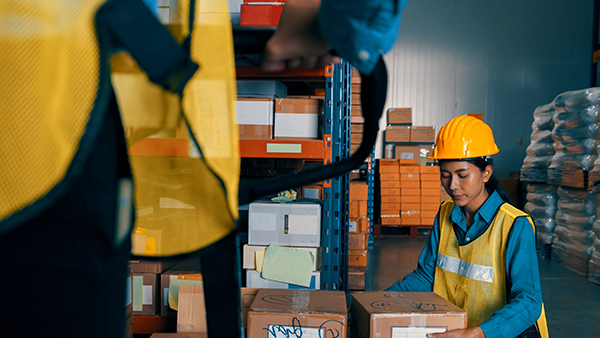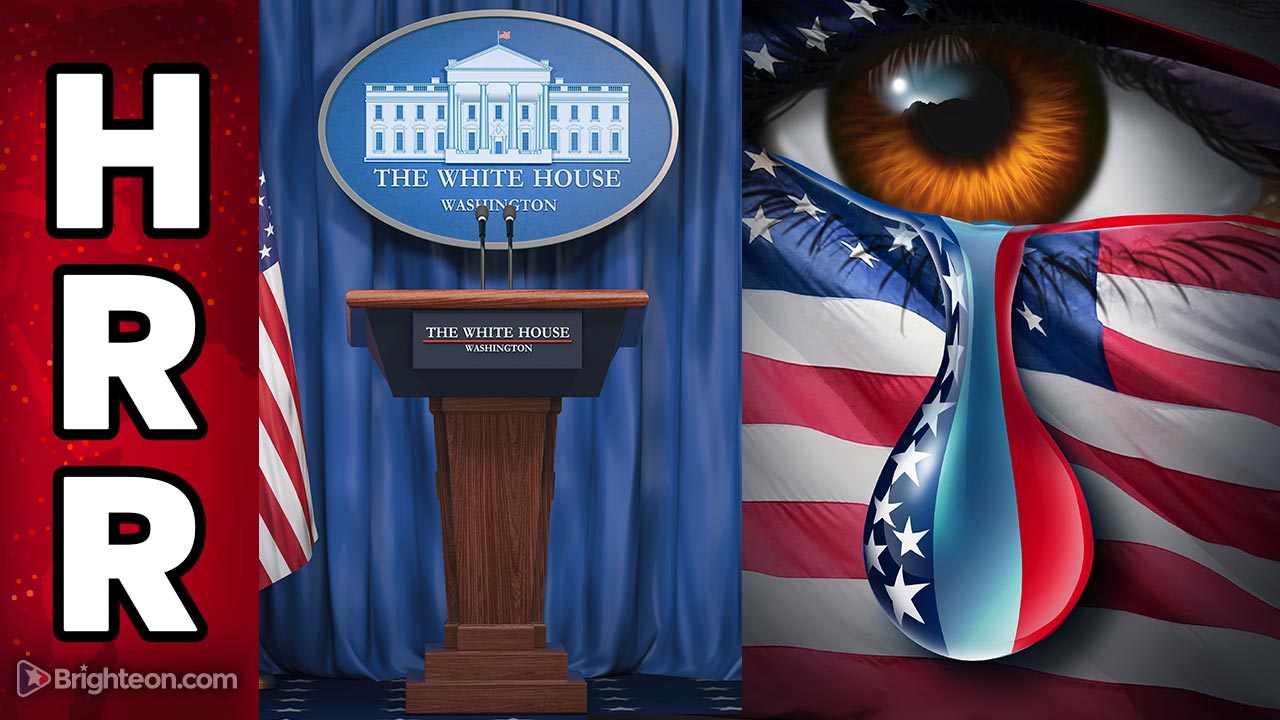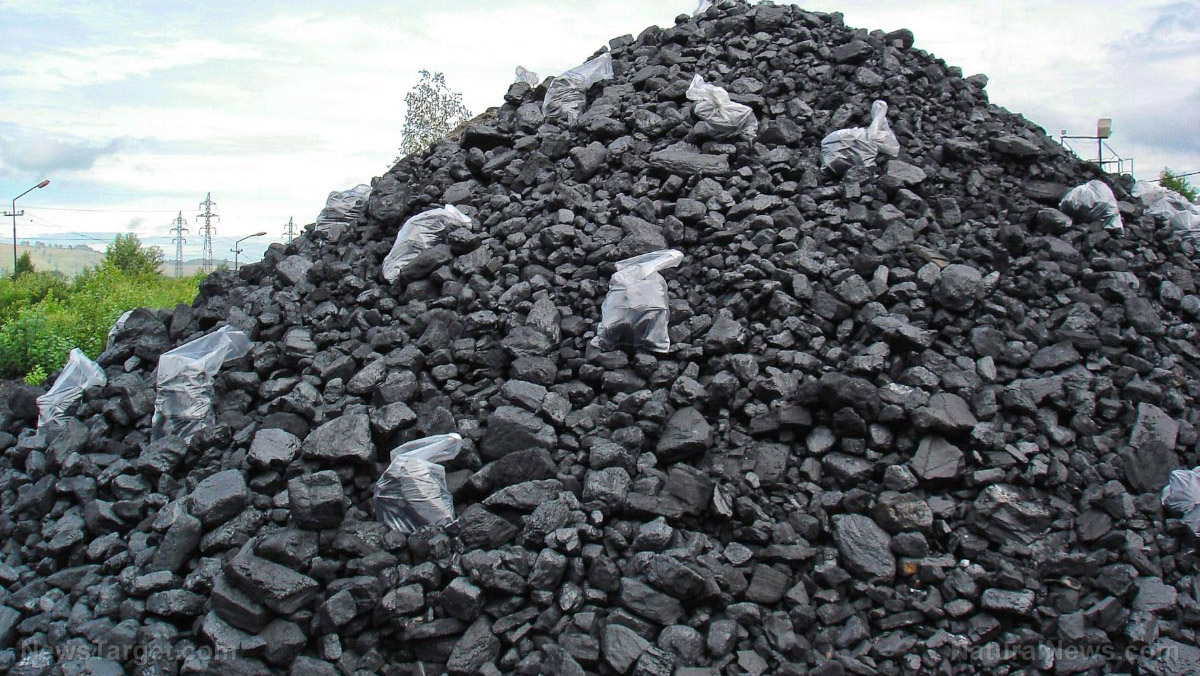 Parler
Parler Gab
Gab
Companies struggle due to labor shortages
KJ Ung, First Solar Vietnam's managing director, said: "Many companies including First Solar Vietnam are seeing a delay in the new technology and product introduction. This will put products made in Vietnam in a disadvantaged position in the global marketplace." His company, a top producer of solar panels, wants to bring in 300 specialists. However, entry rules remain complicated and time-consuming as Vietnam had scrapped international flights in March 2020 and only accept limited numbers of vaccinated business travelers – all of whom must quarantine for a week. Ung recently released a survey showing that 37 percent of companies in Vietnam were operating below 80 percent capacity. Wanek Furniture, one of the biggest industry players in Vietnam, said that 22 percent of its employees left for their hometowns and the manufacturer is operating with 70 percent of its pre-shutdown workforce. Ho Chi Minh City and nearby provinces could not set foot out of their homes, and when lockdowns ended on October 1, thousands of migrants went back to their families in the countryside. This led to a shortage of over 100,000 workers in the south, according to the city government. Provinces and businesses in the region are also offering transportation, housing and vaccines to get workers back to work. Nguyen Minh Lam, vice chair of Long An People's Committee, said: "We support workers who are in other provinces but wish to come back to Long An, so they can receive the doses." (Related: Vietnam imposes first mass quarantine outside of China, 10,000 residents on lockdown.)Investors assess Vietnam's economic pick-up
Investors worry that rivals like Thailand and Indonesia can get ahead as Vietnamese workers are still reluctant to go to work. "Expectations of a quick normalization might be too optimistic, especially in the labor-intensive apparel and footwear sectors," the Bank of America said in a research note. These sectors could also create a "butterfly effect," according to the bank, with prices rising five percent in the first half of 2022 for shoppers in the U.S. – Vietnam's biggest export market. Adam Sitkoff, executive director of the American Chamber of Commerce in Hanoi, said: "Even with the supply chain and shutdown problems they have because of COVID right now, Vietnam’s still going to do very well economically and it’s becoming, every day, a more important piece of the global supply chain – especially for things that affect American consumers." However, Sitkoff still sees Vietnam attracting investment, including those from further relocations out of China. He also highlighted Vietnam's best-in-Asia growth performance, when it expanded 2.9 percent. The chamber is aiming to ensure that the COVID policies are "the least disruptive to business as possible," as firms are looking for ways to smooth out deliveries leading to the critical year-end holiday season. Ky Nguyen, CEO of Cai Mep, the largest port in southern Vietnam, urged authorities to consider the Thai government's move that coordinates vaccines, tests and quarantines so that companies can maintain production. "It is painful to see the exports drop while Thailand's are sustained," Nguyen said. "We [have] a lot of similarities." Read more articles about the global supply chain crisis at SupplyChainWarning.com. Sources include: FT.com Bloomberg.comDeborah Birx hid covid info from Trump, altered CDC guidelines without approval
By Ethan Huff // Share
Germany’s birth rate improbably falls by 11% in the first quarter of 2022
By Lance D Johnson // Share
By Mary Villareal // Share
Diminished US refining capacity from facility closures contributing to soaring gas prices
By Belle Carter // Share





